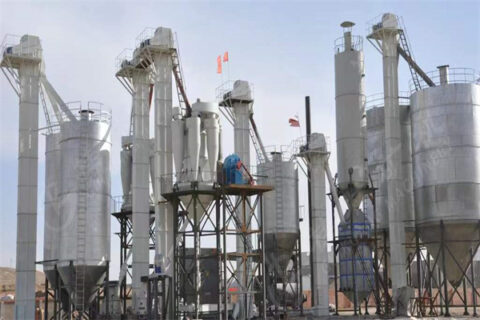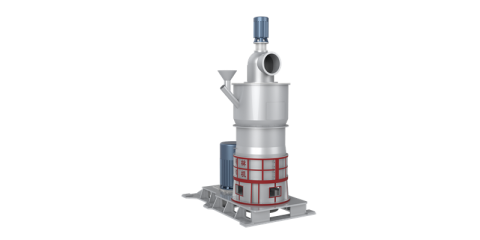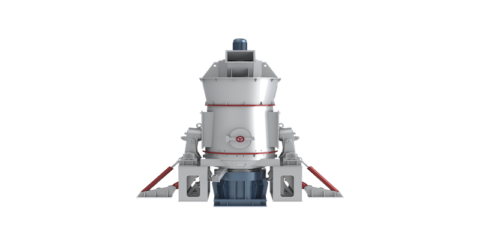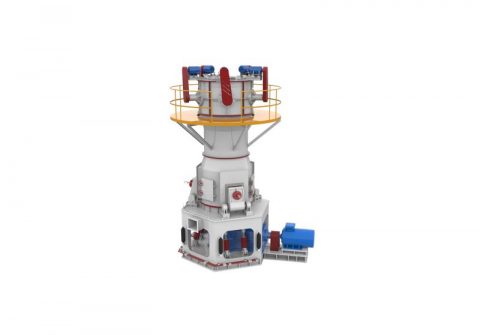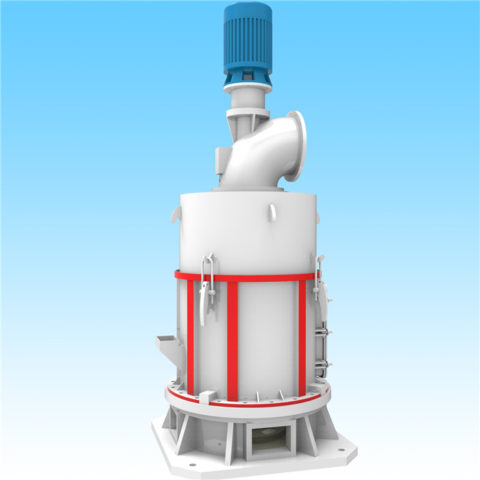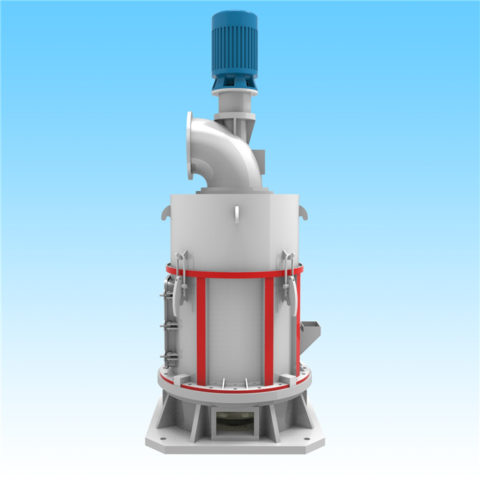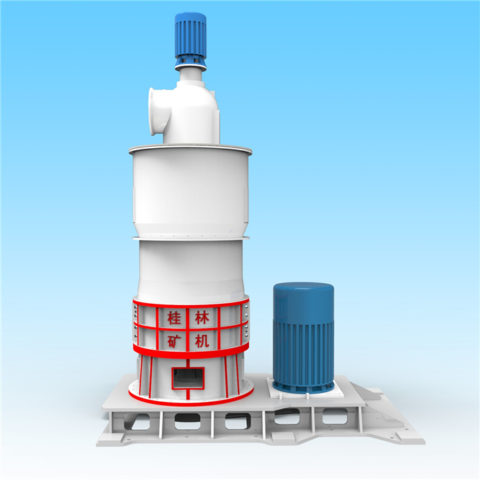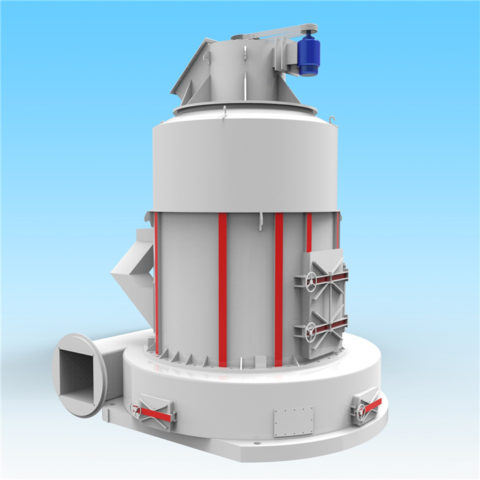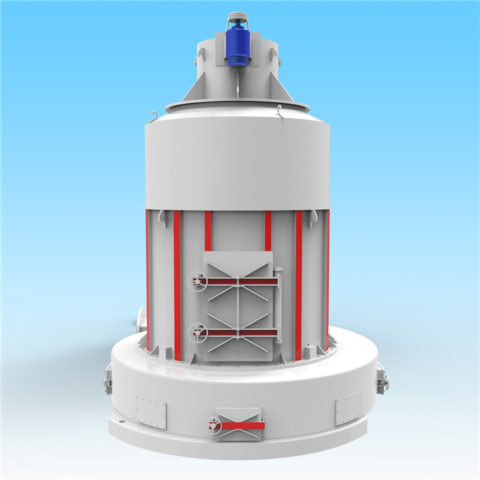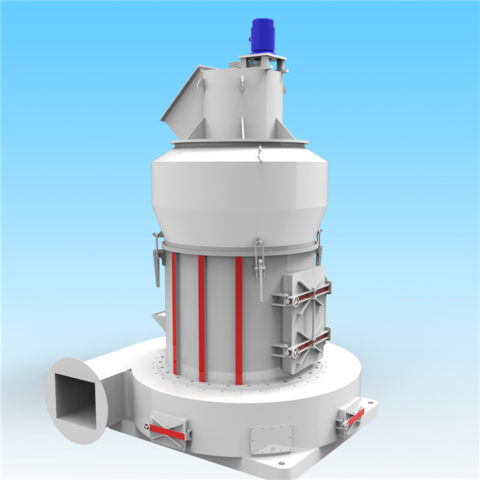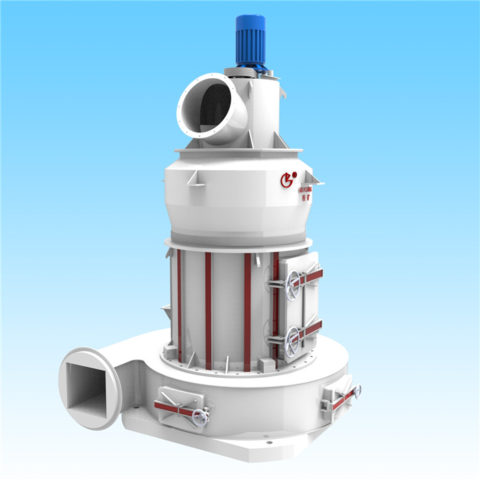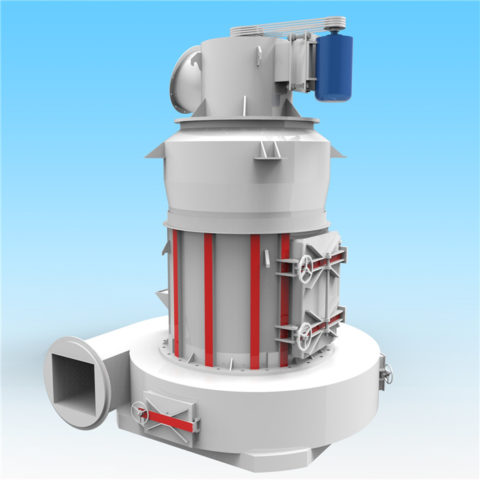Kaolin is a nature and common seen non-metallic clay mineral. Pure kaolin is white, fine, soft, and has good physical properties such as excellent plasticity, fire resistance, suspension, and adsorption. There are abundant kaolin resources all around the world that are widely distributed in China, the United States, the United Kingdom, Brazil, India, Bulgaria, Australia, Russia and other countries.
The applications of Kaolin
Kaolin plays an important role in the industries of rubber, plastics, refractories, petroleum refining, agriculture, and cutting-edge technologies in defense.
1. Papermaking industry:
Kaolin is used in papermaking to ensure an excellent covering performance and coating gloss performance. It can also increase the whiteness, opacity, smoothness and printability of the paper, which has greatly improved the paper quality.
2. Ceramic industry:
In ceramics industry, kaolin can be used to assist the formation of mullite and improves its chemical stability and sintering strength.
3. Petrochemical industry:
Kaolin can be used as a catalytic filler for petroleum cracking. Kaolin has high purity, which is conducive to produce the catalyst support.
4. Coating industry:
Kaolin can be filler and pigment substitute.
5. Rubber field:
Nanoscale kaolin can improve the elasticity, anti-buckling, dimensional stability, compressive deformation and other properties of rubber.
6. Agriculture:
Kaolin aqueous solution can be used in agricultural fields such as fruit trees, grains, and vegetables, which can greatly reduce production costs and pesticide residues in crops.
Kaolin Powder Milling Process
Model selection of kaolin grinding mill
Potash Feldspar blocks are crushed by the crusher to the size of 15mm-50mm and into grinding mill.
Phase 1: Crushing the raw materials
Phase 2: Grinding
The crushed coarse Potash Feldspar are sent to the storage hopper by the elevator, and then sent to the grinding chamber by the feeder for grinding.
Phase 3: Classification
The ground material is classified by the classification system, and the unqualified powder will returned to the main mill to be reground.
Phase 4: Collection of finished products
The qualified fine Potash Feldspar powder enters the dust collector through the pipeline along with the airflow for separation and collection. The collected finished powder is sent from the conveying device to the finished product bin through the discharge port, and then packed by a powder tanker or automatic packer.

